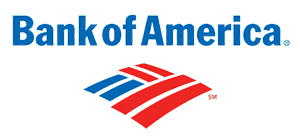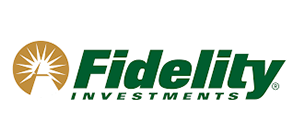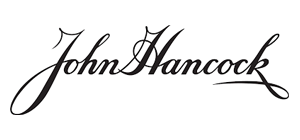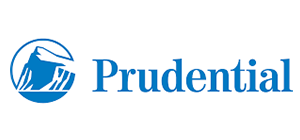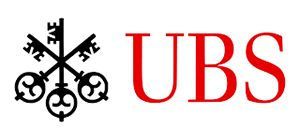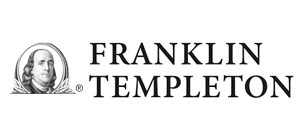A Recipe for Making Public Pension Funds More Transparent
Using Norwegian pension as an example we provide a quick and easy path for US pensions to become more transparent and regain trust of their beneficiaries as well as general public
US state pension plans’ estimated aggregate funding ratio at the end of fiscal year 2020 fell to 70% from 72.7% the previous year, according to a report from Wilshire Associates. This underfunded ratio puts the aggregate underfunded amount at $1.394T.
But chronic underfunding is not the only issue ailing US state pension funds. Forensic investigations have revealed that public pensions in states such as Pennsylvania, California, Tennessee, Rhode Island, North Carolina, and, most recently, Ohio, have abandoned transparency. Furthermore, the FBI has launched an investigation into the Pennsylvania Public School Employees’ Retirement System (PSERS), suggesting there may have been criminal behavior within this pension system.
These facts support the assertion that transparency into US public pension funds is urgently needed to identify the risks these funds have historically taken; assess if historical returns were commensurate with the risk exposure; and determine if the current level of risk is appropriate for each fund’s respective risk tolerance.
Norway’s sovereign wealth fund (Norges) is the world’s largest ($1.3T USD AUM), but unlike some US public pensions, it is widely recognized as a global leader in transparency as well. Most importantly, they provide monthly fund performance figures as part of their public disclosure – a rather unusual step for a pension fund. Such monthly performance represents a composite of dozens if not hundreds of individual portfolios with varying allocations both within each such portfolio (portfolio management decisions) as well as between portfolios (pension asset manager’s decisions). And while all allocation moves are blended in such a composite, there’s a technique that allows one to recover top level allocation information just from returns alone.
Such top-down method of analyzing investment portfolios is called Returns-Based Style Analysis (“RBSA”) – as opposed to bottom-up approach using actual position information. It was first introduced by Nobel Laureate Prof. William Sharpe in the late 1980’s to identify a credible portfolio of systematic market factors that explain or best mimic a given fund’s performance results. Since its introduction, RBSA and its various forms have been widely used to identify managers’ investment styles, across both traditional and alternative investment funds.
Sign in or register to get full access to all MPI research, comment on posts and read other community member commentary.
